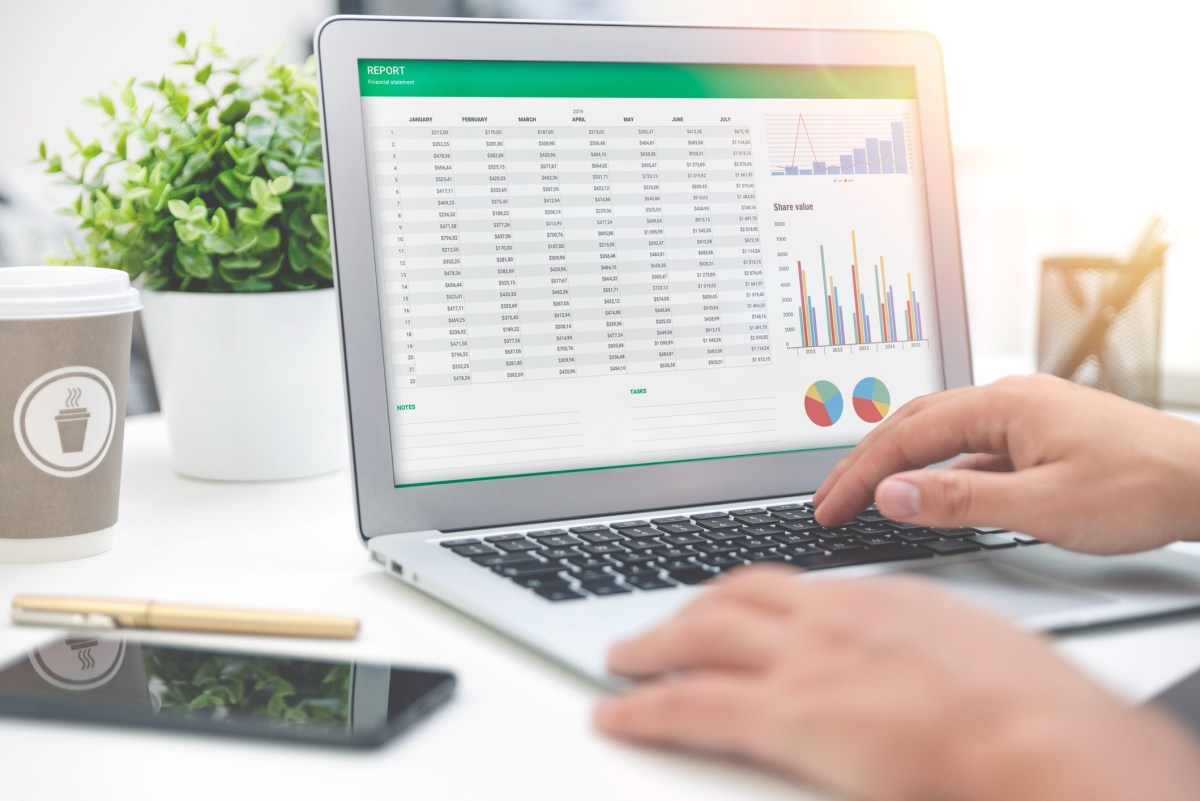In an effort to give business a boost out of 2020’s COVID-related blues, the government has now implemented a generous package of reliefs for businesses to invest in new capital assets tax effectively. For the struggling retail sector in particular, the new measures could (with some fairly significant caveats) represent a significant opportunity to boost your business this year.
What is the tax break?
The vast majority of Australian businesses can benefit from the tax break.
Businesses can now deduct the full cost of eligible capital assets from their profit for the year, rather than depreciating the cost over several years. The tax break applies to assets acquired from 7:30pm AEDT on 6 October 2020 and first used or installed by 30 June 2022.
Unlike the old instant asset write-off, which was capped at $150,000 per asset, there is no limit on the cost of assets that can be deducted.
To be eligible, businesses must have an aggregated annual turnover of less than $5 billion. “Aggregated” turnover means that the turnover of any parent company (including overseas parents) and subsidiaries need to be included.
In addition, businesses whose Australian income is less than $5 billion can also claim the tax break provided they have previously spent more than $100 million in the period 2016-17 through to 2018-19. This means that big international retailers (whose global turnover exceeds $5 billion) can potentially still benefit.
“Full expensing” applies to new depreciable assets and the cost of improvements to existing eligible assets.
Are second-hand assets eligible?
It depends. For small- and medium-sized businesses (with aggregated annual turnover of less than $50 million), full expensing also applies to second-hand assets. For businesses with an annual turnover of $50 million or more, second-hand assets are excluded
What assets could a retail business potentially claim?
businesses can now immediately deduct the full cost of all purchases of items such as:
- Fixtures and fittings (such as shop fit-outs)
- Technology, such as laptops, computers, EFTPOS systems and security equipment
- Motor vehicles such as utes, delivery vans and most cars (excluding cars costing over $59,136)
Which assets are excluded?
The following assets are not eligible for full expensing:
- “Expensive’ cars (meaning cars costing over $59,136)
- Buildings and other assets that are eligible for capital works deductions
- Assets located overseas
Is it compulsory to claim full expensing?
Some business owners have rightly pointed out that claiming an immediate deduction for purchases of capital assets is not necessarily in the best interests of their business. If a business is already running at a loss (or the deduction for capital assets will cause a loss), the business may struggle to make use of that loss. Whilst companies can potentially now carry a loss back to generate a refund of tax paid in earlier years (another measure introduced in the recent Budget), businesses operating through other structures (such as sole traders or trusts) must carry losses forward, so there is potentially very little benefit in generating large loss-making depreciation deductions in the current year. Sole traders, for instance, could find themselves losing access to the tax-free threshold, meaning that the depreciation deductions are basically wasted.
For businesses with a turnover of $10 million or more, the government has announced that “full expensing” will be – in effect – voluntary. Such businesses can opt-out, on an asset by asset basis, of full expensing and apply the normal depreciation rules to those assets.
Businesses with a turnover of less than $10 million are not able to opt out. Such businesses must use full expensing, even if it does not produce the best tax outcome for the business. This lack of flexibility is the most significant downside of the new scheme, particularly for the small business sector that makes up the bulk of the Australian economy
What about existing depreciation pools?
Small businesses (with aggregated annual turnover of less than $10 million) must deduct the entire balance of their simplified depreciation pool at the end of the income year while full expensing applies, though until 30 June 2022.
Again, whilst this could be very valuable tax incentive for many small businesses, it won’t be so for all such businesses. It’s a shame that the government hasn’t seen fit to introduce some flexibility into the application of this measure.
Finally…
Whilst this measure is undeniably generous (and potentially expensive for the Government), it does suffer from the same problem as the old instant asset write-off; to benefit, businesses need either the cash or borrowing capacity to invest in new capital assets in order to benefit from the tax break. With many businesses currently cash strapped and unable or unwilling to borrow, initial take-up may be limited, at least until business confidence is restored.

